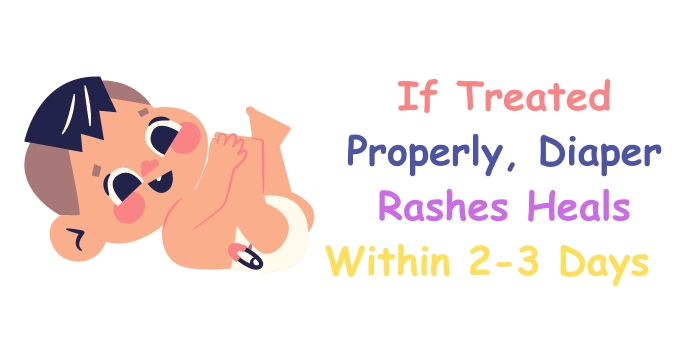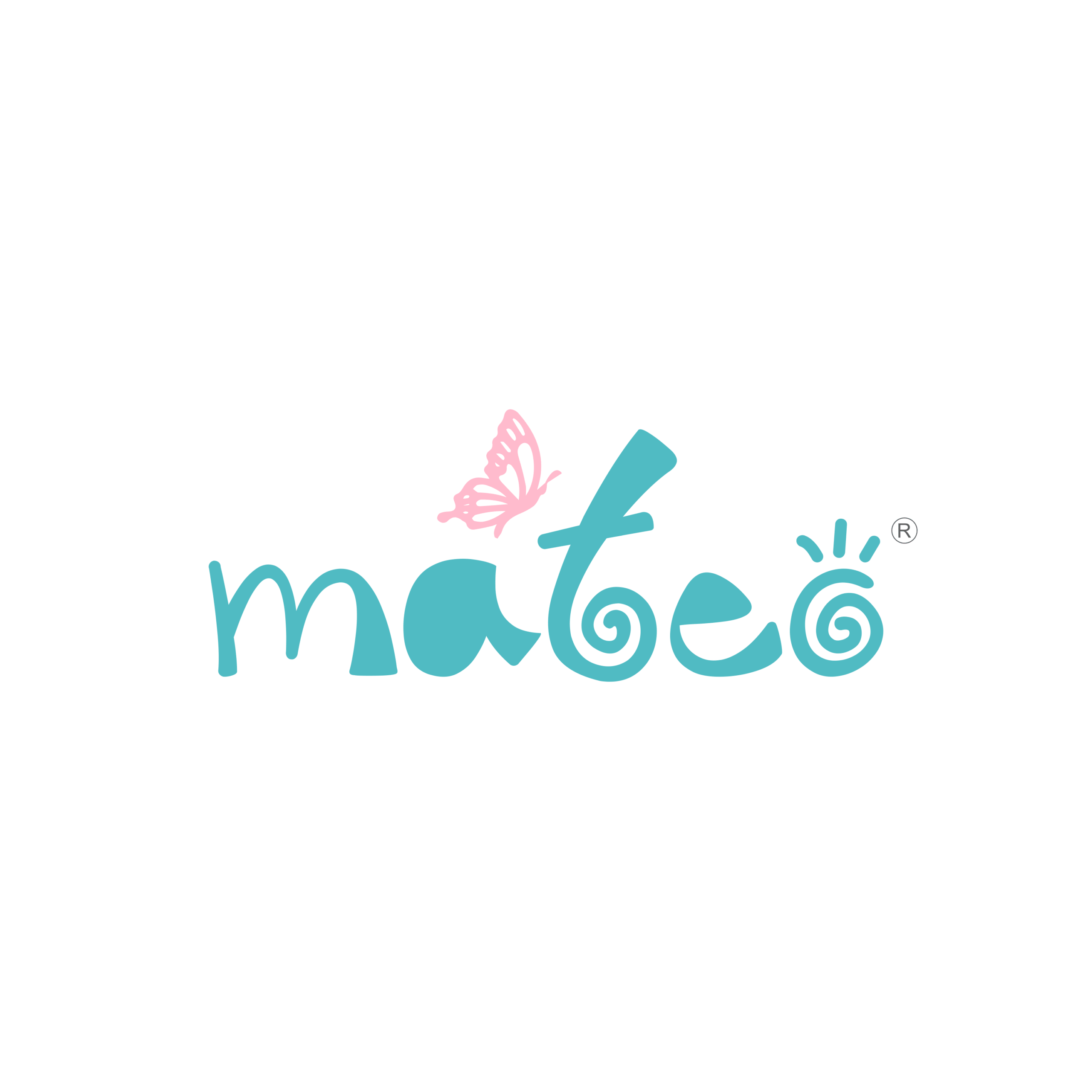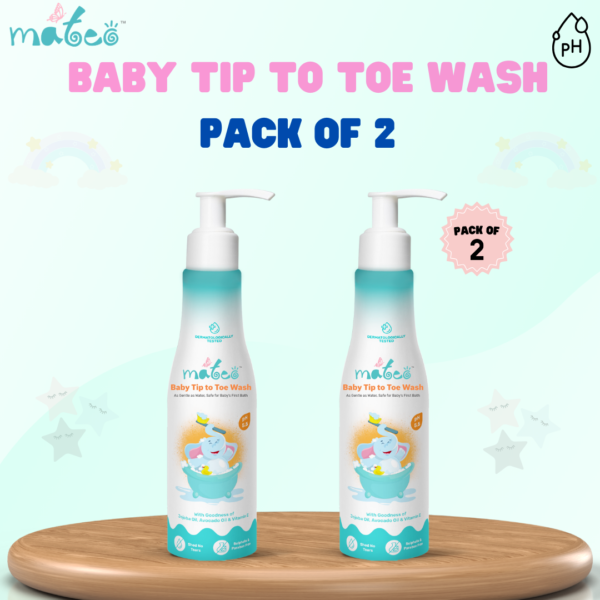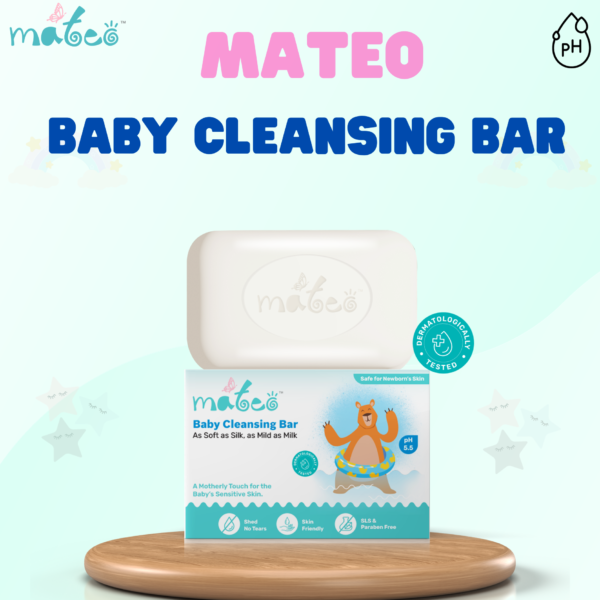
How to Apply Diaper Rash Cream?
Table Of Content
- How should diaper rash cream be used?
- How the best diaper rash creams in India help with diaper rashes?
- How long does it take for a diaper?
- Where to apply diaper rash cream on a girl?
- Where to apply diaper rash cream on a boy?
- How often should I apply diaper rash cream?
- Summary
- FAQs
Baby diaper rash is a typical issue that many of them experience. It is brought on by skin irritability brought on by moisture, friction, chemicals, or infection. If left untreated, diaper rash can make your infant uncomfortable and unhappy as well as progress to more serious problems.
Using a diaper rash cream is one of the greatest ways to both prevent and cure diaper rash. A medication called diaper rash cream develops a barrier of protection on your baby’s skin and aids in soothing and healing the irritated area. Additionally, it can stop bacteria and fungus from spreading and infecting people.
But how do you properly apply diaper rash cream? How often do you apply diaper rash cream? Do diaper cream for rashes in baby really help? Lets see more about this diaper rash-free cream in this article.
How should diaper rash cream be used?
Although diaper rash cream application is not difficult, it does require some care. The process of applying anti rash cream is as follows:
1. Take out the unclean diaper.
Baby wipes should be used to clean the baby’s bottom after the filthy diaper has been removed. Make sure to wipe softly and thoroughly, paying specific attention to the skin’s wrinkles and crevices. Avoid rubbing or cleaning to prevent aggravating the irritability.
2. Cover the base with a clean diaper.
Close the diaper but not yet. You must make room so that you may apply the cream.
3. Use baby cream.
Use your middle or pointer finger to apply a small amount of diaper cream. As diaper creams are incredibly hydrating, you don’t need a lot of it. A little will suffice. Apply the cream over the diaper area with forceful finger strokes. using lotion to infant females always from the front toward the back to prevent transferring bacteria from the anus to the vagina. Apply lotion to the penis, scrotum, and area around the anus, but do not put it within.
4. Evenly distribute the cream.
Make careful to apply a thin layer of cream to all the reddened and irritated areas. Since some of it will be absorbed by the skin and some will remain on top as a barrier, you don’t need to rub it in entirely. Wipe off any extra cream on your finger with a tissue or a fresh piece of clothing.
5. Seal the diaper.
Apply the cream, then wrap the clean diaper around your child’s bottom and attach it with tapes or fasteners. To avoid irritation or leakage, make sure the diaper is not excessively tight or too loose.
6. Hands-washing.
Use a hand sanitizer or wash your hands with soap and water after changing your baby’s diaper and applying lotion. This will stop germs from spreading to other surfaces or objects.
7. Repeat as appropriate.
Until the rash totally disappears, diaper rash cream should be applied after each diaper change. If your kid has sensitive skin or is prone to rashes, you can also use it as a preventive step.
How the best diaper rash creams in India help with diaper rashes?
The best diaper rash creams in India help with diaper rashes by:
- Forming a protective barrier on your baby’s skin and preventing moisture, excrement, acids, and chemicals from irritating it.
- Soothing and healing the inflamed and damaged skin with natural ingredients such as aloe vera, almond oil, calendula, oatmeal, chamomile, etc.
- Preventing infection and fungal growth with ingredients such as zinc oxide, titanium dioxide, cetrimide, etc.
- Nourishing and hydrating the skin with ingredients such as shea butter, squalane, panthenol, lecithin, etc.
How long does it take for a diaper?

The duration of a diaper rash can vary depending on the severity and the cause of the rash. However, most mild diaper and common baby rashes can be treated at home and heal within 2 to 3 days. If the rash doesn’t go away with home treatment, or if it is severe or unusual, you should see your health care provider for diagnosis and treatment. Some rashes may require prescription medication or may have another cause, such as infection or nutritional deficiency.
Where to apply diaper rash cream on a girl?
For a girl, always apply cream from the front towards the back, to avoid spreading bacteria from the anus to the vagina. You can apply cream on the vulva, but not inside it. Avoid getting cream in the folds of the labia, as this can trap moisture and cause more irritation.
Where to apply diaper rash cream on a boy?
For a boy, apply cream on the penis, scrotum, and around the anus, but not inside them. If your boy is circumcised, you can apply cream on the head of the penis, but not on the wound until it is healed. If your boy is not circumcised, do not try to retract the foreskin to apply cream, as this can cause pain and damage.
How often should I apply diaper rash cream?
Until the rash totally disappears, diaper rash cream should be applied after each diaper change. If your kid has sensitive skin or is susceptible to rashes, you can also use it as a preventive step. Applying too much cream, however, might reduce the diaper’s absorption, increase dampness, and irritate skin. The skin on your newborn can be soothed and protected with a thin layer of cream.
Summary
Babies frequently experience diaper rash cream, which can irritate their skin due to moisture, friction, chemicals, or illness. Apply baby cream evenly, avoid spreading bacteria, cover the base with a clean diaper, and wrap the diaper around the baby’s bottom to complete the application.
After changing the baby’s diaper and applying lotion, wash your hands with soap and water. The most effective diaper rash creams in India offer a barrier of defense, calm irritated skin, stop infection, and nourish the skin. The intensity and origin of a diaper rash can affect how long it lasts.
FAQs
1. How To Apply Diaper Cream?
The steps to applying diaper rash cream are as follows:
- Take the dirty diaper off.
- Baby wipes should be used to gently clean the baby’s bottom, taking care to avoid the skin folds and creases.
- Close the diaper only slightly to provide space to apply the cream.
- With your middle or pointer finger, dab a small amount of diaper cream onto the diaper region and spread it out evenly.
- Apply cream sparingly, avoiding fully rubbing it in, to all irritated areas.
- Around the infant’s bottom, fasten the clean diaper.
- Following a diaper change, wash your hands with soap and water or sanitise them.
2. How do diaper rash cream help with diaper rashes?
The most effective diaper rash creams in India help to treat diaper rashes by:
- Establishing a shield on your baby’s skin to shield it from acidic substances, chemicals, dampness, and faeces.
- Aloe vera, almond oil, calendula, oatmeal, and chamomile are natural compounds that calm and soothe inflamed skin.
- Using components including cetrimide, zinc oxide, and titanium dioxide to stop fungus growth and infection.
- Shea butter, squalane, panthenol, and lecithin are some of the ingredients that nourish and hydrate the skin.
3. How To Use Diaper Rash Cream?
After each diaper change, apply diaper rash cream until the rash has totally disappeared. You can use it to avoid rashes if your infant has sensitive skin. Applying too much cream, on the other hand, might impair diaper absorption, increase moisture, and possibly irritate the skin. As a result, a thin coating of cream is all that is needed to soothe and protect your baby’s sensitive skin.

Nivethitha Sridharan
Nivethitha is a mother of two children and has a great interest in writing as an experienced mother. She publishes educational and interesting articles on baby care and also assists parents in selecting the finest baby products for their baby’s skin and well-being. She focuses on infant skin care and health issues. She also provides suggestions and guidance on baby care and avoids common skin disorders in newborns. Nivethitha likes studying and writing about new and innovative ideas that might assist people in finding solutions to their problems. She feels that content writing is an effective means of communicating thoughts and information to the world.
-
Mateo All in One Pack
Add to basket₹1,700.00 -
Mateo Baby Body Wash – 200 ml (Pack of 2)
Add to basket₹790.00 -
Mateo Baby Care Collection – Mateo Baby Massage Oil(100ml), Mateo Baby cleansing bar(75gm), Mateo Baby Shampoo(200ml)
Add to basket₹775.00 -
Mateo Baby Care Collection – Mateo Baby Moisturizing Lotion(200ml), Baby Cleansing Bar(75gm), Baby Shampoo(200ml)
Add to basket₹930.00 -
Mateo Baby Care Collection – Mateo Baby Moisturizing Lotion(200ml), Mateo Baby Body Wash(200ml), and Mateo Baby Rashfree Cream(60gm)
Add to basket₹925.00 -
Mateo Baby Care Collection – Mateo Moisturising Lotion(200ml)+ Mateo Baby Rashfree Cream(60g) + Mateo Baby Massage Oil(100ml)
Add to basket₹725.00 -
Mateo Baby Care Collection-Mateo Baby Body Wash(2ooml), Baby Rashfree Cream(60gm), Baby Massage Oil(100ml)
Add to basket₹770.00 -
Mateo Baby Care Collection-Mateo baby moisturizing lotion(200ml), Baby cleansing bar(75gm), Baby massage Oil(100ml)
Add to basket₹730.00









